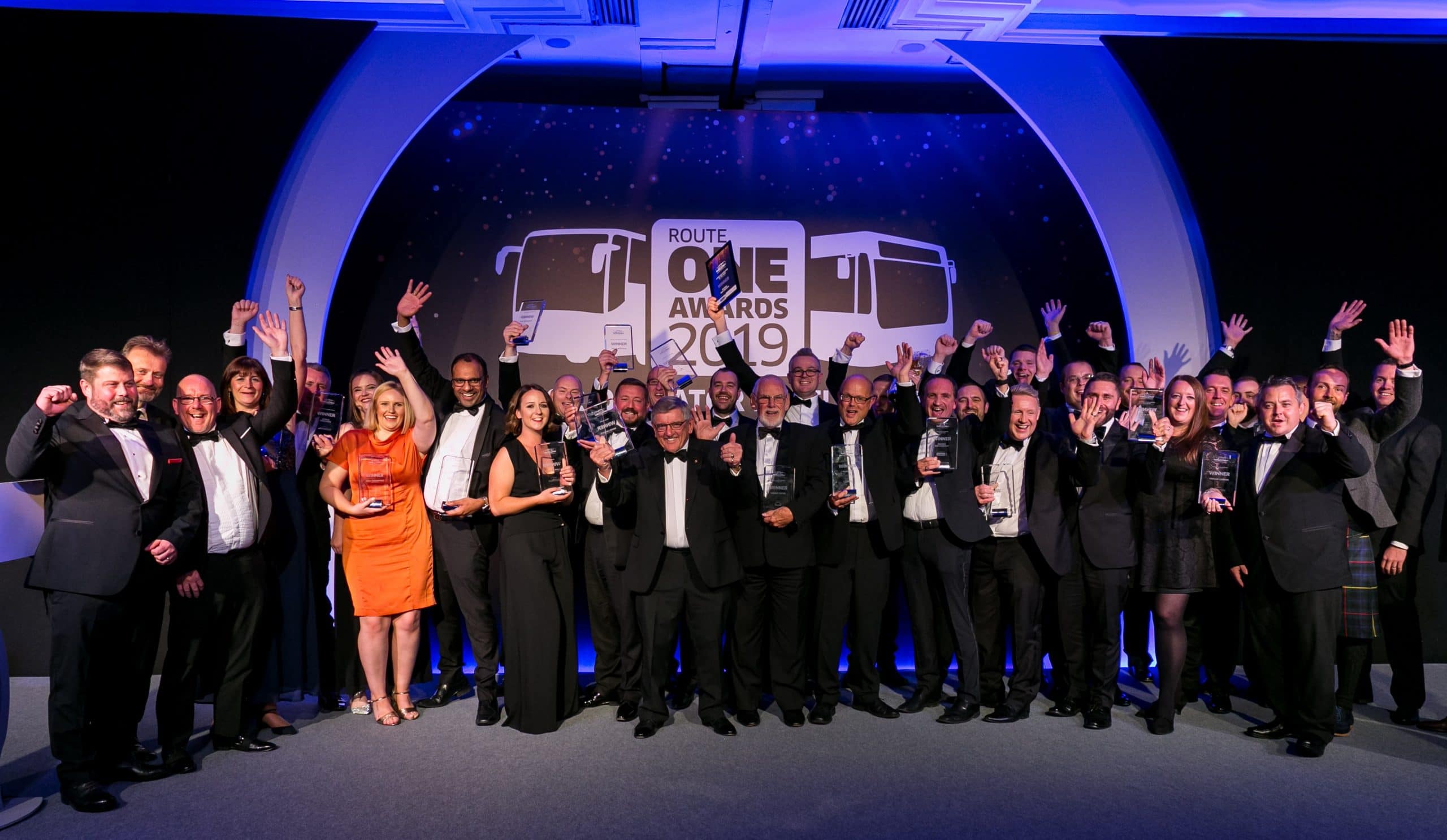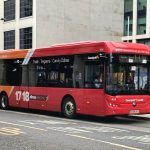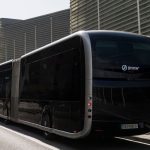A major project to retrofit 637 buses to meet Euro 6 is underway in the West Midlands. It’s built on partnership
Grayson Thermal Systems and HJS Emission Technology are upgrading 637 buses owned by National Express West Midlands (NXWM) to achieve Euro 6 standards in a project that is thought to be one of the largest single-operator exhaust retrofit exercises in Europe.
Central Birmingham’s Clean Air Zone, which mandates Euro 6 compliance in coaches and buses, is set for a July 2020 launch. NXWM’s compliance with Euro 6 across the region will extend to 80% of its fleet by January 2020 and 100% by April 2021.
Grayson and HJS have created a solution that utilises HJS’s Real Blue SCRT exhaust aftertreatment system and Grayson’s E-Drive electric radiator fan. NXWM is also contributing to delivering the project in accordance with an ambitious timeframe.
Captured are Alexander Dennis Enviro200s and Enviro400s, Volvo B7RLEs, Scania OmniCitys and OmniLinks and less numerous types. The oldest are Euro 3 Dennis Tridents from 2003. All applications are certified by the Clean Vehicle Retrofit Accreditation Scheme.
Buses are processed rapidly and work is carried out at Grayson’s Tyseley facility. The schedule calls for 20 vehicles to be completed weekly until the end of 2019. Each conversion consumes around 45 working hours. As of last week, 192 buses had been dealt with.
Collaborative approach
The retrofit undertaking represents a collaborative approach from all parties. NXWM has a project manager at Tyseley and two drivers are dedicated to moving vehicles.
Prior to work commencing, buses are checked to ensure that they are free from mechanical defects. That is followed by removal of the existing cooling and exhaust packages and preparation for the replacement units.
To satisfy accreditation requirements, various data is collected from new components before installation. That allows the telematics system to be enabled by HJS’s head office in Germany. After work is complete and the bus has been tested, it is returned to NXWM.
“What is pleasing is that the people involved in doing the work are all local to Birmingham,” says Grayson Thermal Systems Group Aftermarket Director Ian Hateley.
“We have four apprentices involved and NXWM sends its third-year engineering apprentices to each spend two weeks working with us. There is a sense of this being a project carried out by local people to benefit the local community.”
Why an E-Fan?
Electric radiator fans are not a new thing. They reduce the parasitic load on the engine because their power draw is much lower than from a fan that is hydraulically driven.
Why is an E-Fan relevant to an SCRT exhaust retrofit? Initially it was included to mitigate any minor fuel penalties created by backpressure in the diesel particulate filter (DPF).
But an E-Fan delivers another benefit by allowing a consistent exhaust temperature to be achieved. The E-Fan is a package of multiple smaller fans, which allows over-cooling of charge air to be avoided.
The resulting exhaust temperature of around 200-220oc permits the Real Blue SCRT unit to work at its most effective. Thanks to this holistic approach, NOx emissions are reduced by around 95% and particulate matter drops by up to 99%.
Overall performance is monitored by the telematics package, a function that also serves other purposes. It can be accessed by all parties involved and allows NXWM to monitor DPF backpressure and system maintenance needs.
Telematics also allows the SCRT unit’s health to be monitored, with text messages generated in case of an issue. “Telematics is key to allowing us to see that aftertreatment is working consistently in an in-service state,” says HJS Emission Technology UK MD Mark Cooper.
A bright future?
Retrofit work on the NXWM buses started at Easter. Completion is scheduled for the end of 2019; none of the parties involved intends to take advantage of the delay to Birmingham’s CAZ by easing off, says Mr Hateley.
“The idea of Grayson and HJS working together was suggested around four years ago. We are now an installation partner for HJS in the Midlands for its SCRT unit,” he continues.
“As suppliers, we operate in different sectors, but we share a similar focus in terms of fuel efficiency and emissions. Our relationship with NXWM has worked well; the retrofit project’s success is built on robust planning and organisation.”
Grayson and HJS are talking to other operators about whether the same collaborative approach could meet their Euro 6 retrofit requirements. NXWM has taken up a five-year support package from each supplier for its respective piece of equipment.
Comment
The retrofit of older vehicles to achieve Euro 6 standards continues to proceed much more smoothly in the bus sector than it does for coach operators.
What is clear is that the West Midlands exercise won’t be the only programme outside London to capture hundreds of vehicles. If operators are to meet CAZ requirements and not expose themselves to potentially multiple thousands of pounds of penalty charges per day, others will follow.
It will come as welcome reassurance to those in that boat that the tripartite programme in the West Midlands is proceeding well.
But in doing so, it demonstrates a need for precise planning and a collaborative approach. Additionally, thought needs to be given to increasing fleets to allow a ‘float’ while the work is undertaken


























